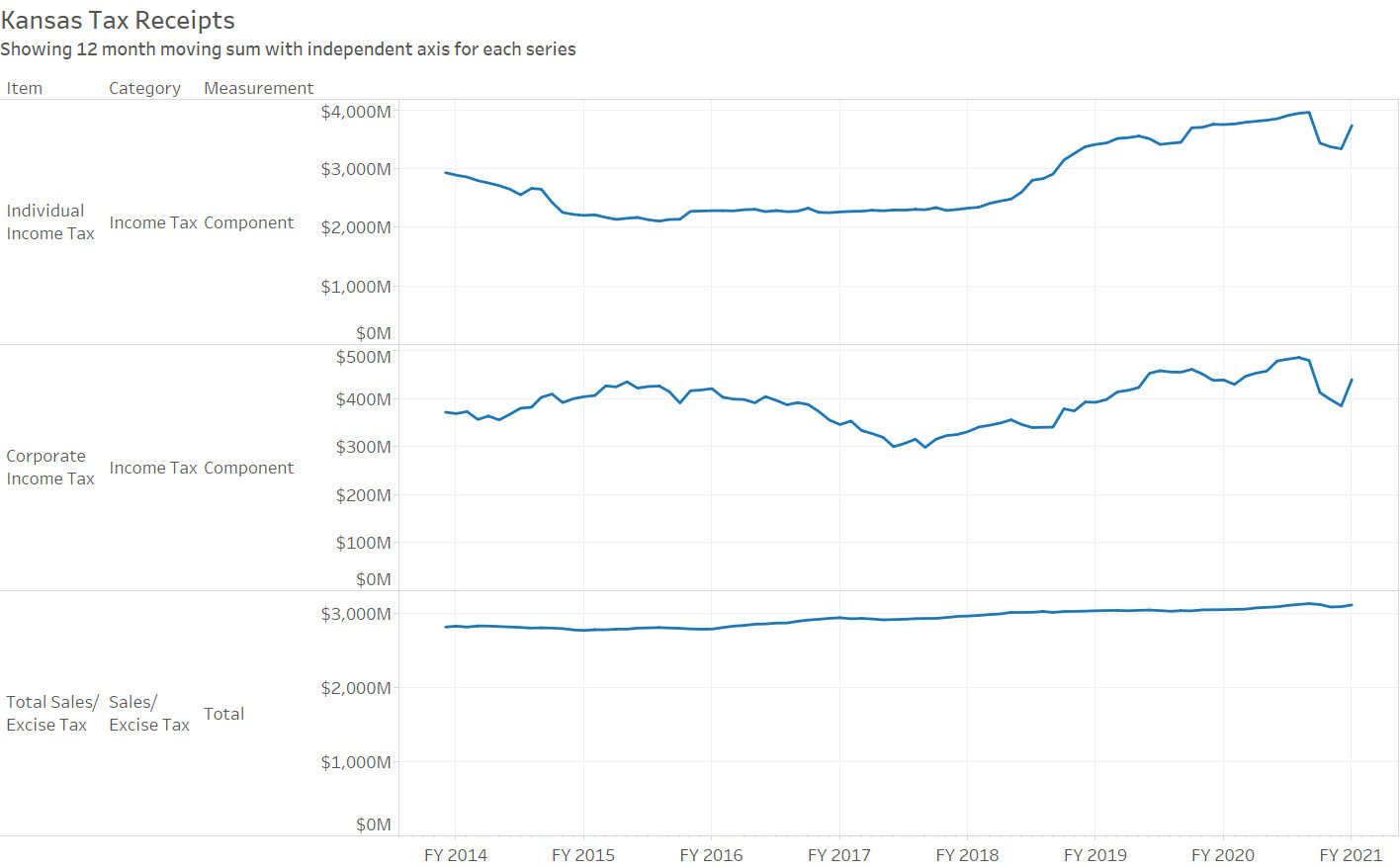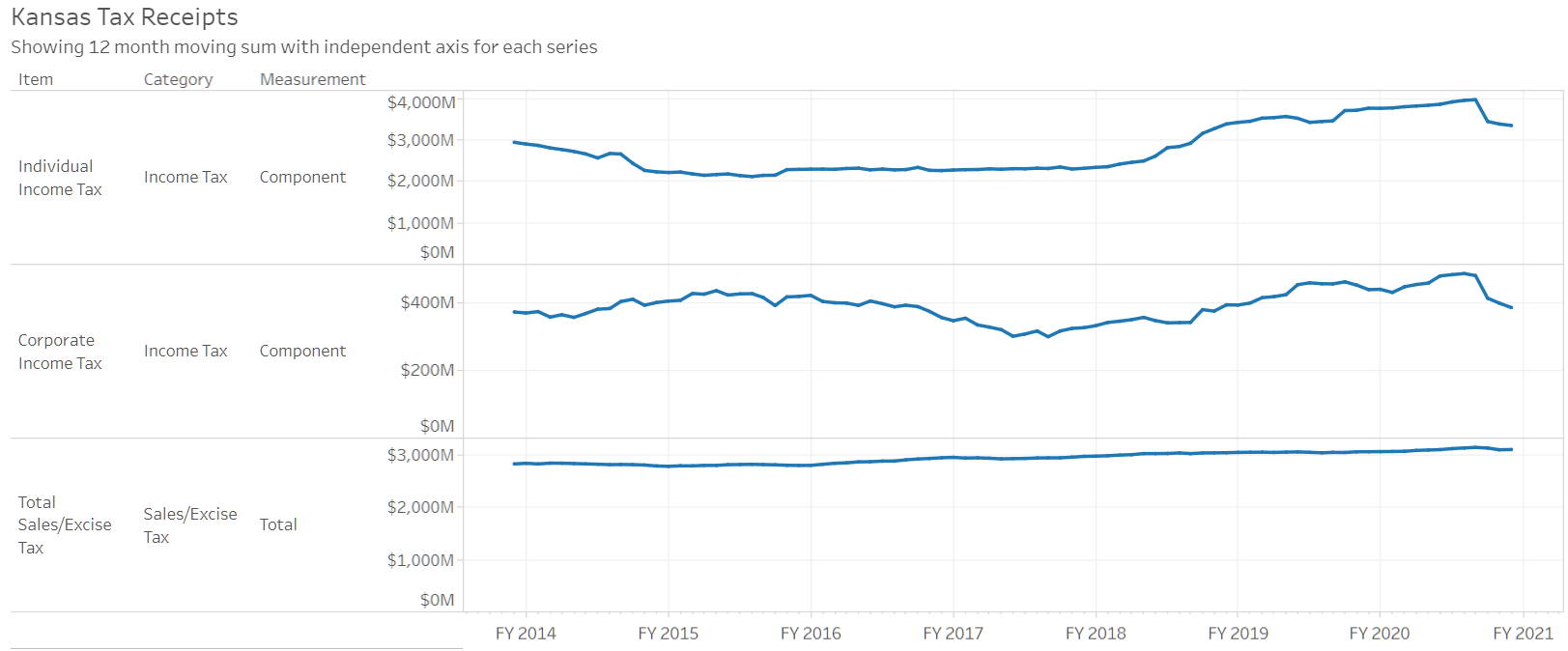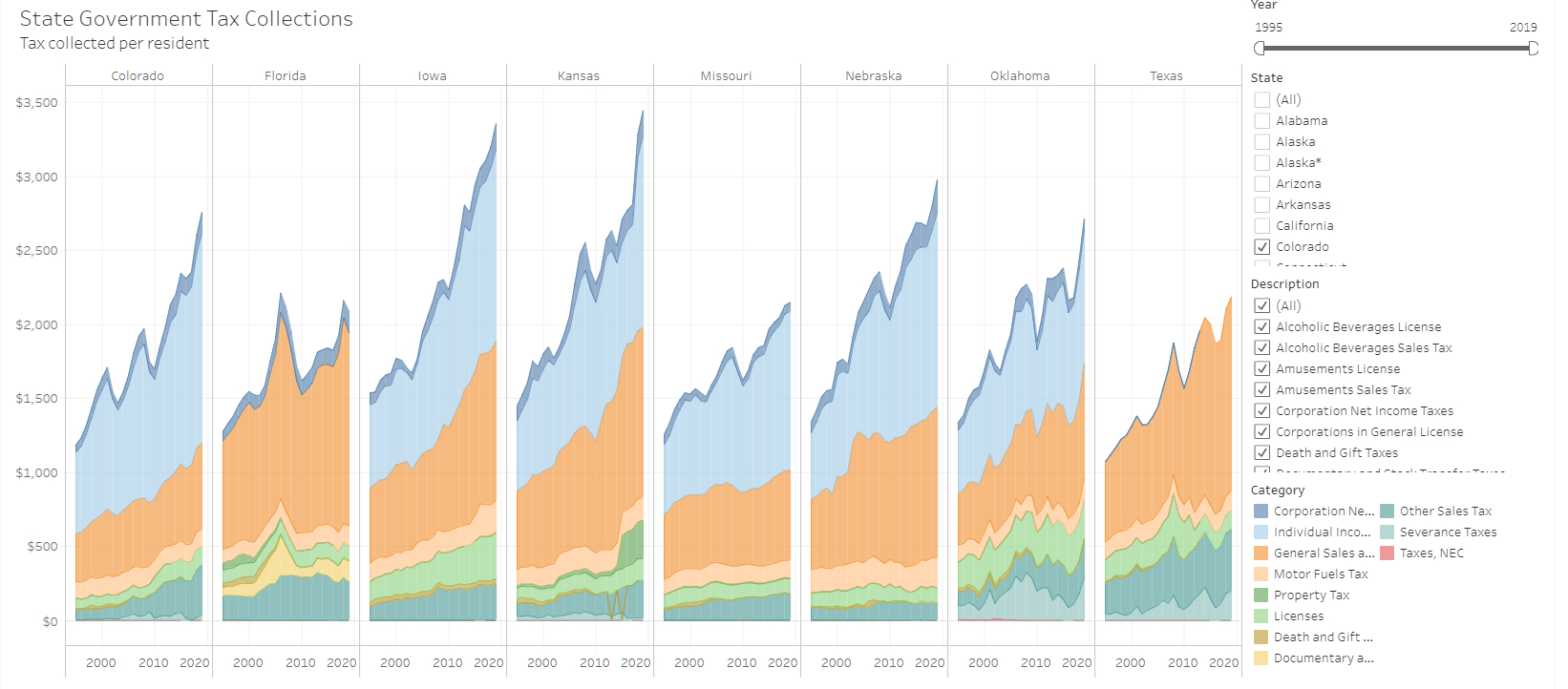An ongoing study reports that property taxes on commercial and industrial property in Wichita are high. In particular, taxes on commercial property in Wichita are among the highest in the nation.

The study is produced by Lincoln Institute of Land Policy and Minnesota Center for Fiscal Excellence. It’s titled “50 State Property Tax Comparison Study” and may be read here. It uses a variety of residential, apartment, commercial, and industrial property scenarios to analyze the nature of property taxation across the country. I’ve gathered data from selected tables for Wichita.
In Kansas, residential property is assessed at 11.5 percent of its appraised value. Commercial property is assessed at 25 percent of appraised value, and public utility property at 33 percent. (Appraised value is the market value as determined by the assessor. Assessed value is multiplied by the mill levy rates of taxing jurisdictions to compute tax.)

This means that commercial property faces 2.104 times the property tax rate as residential property, according to this study. (1)The ratio of 25 to 11.5 is 2.174, so some small factors have a role. The U.S. average is 1.713. Whether higher assessment ratios on commercial property as compared to residential property is desirable public policy is a subject for debate. But because Wichita’s ratio is high, it leads to high property taxes on commercial property.
For residential property taxes, Wichita ranks below the national average. For a property valued at $150,000, the effective property tax rate in Wichita is 1.19 percent, while the national average is 1.34 percent. The results for a $300,000 property were similar.
Of note is the property taxes on a median-valued home. In this case, Wichita is a bargain, due to our lower housing prices. A home at the median value in Wichita pays $1,655 in taxes, while the nationwide average is $4,562. (The median home value in Wichita is $139,800 and for the nation, $326,392, according to this report.)

Looking at commercial property, Wichita taxes are high. For example, for a $100,000 valued property, the study found that the national average for property tax is $2,206 or 1.84 percent of the property value. For Wichita the corresponding values are $3,229 or 2.69 percent, ranking seventh-highest among the 50 largest cities. Wichita property taxes are 46 percent higher than the national average, for this scenario.
For industrial property taxes, the situation in Wichita is better, with Wichita ranking near the middle of the 50 largest cities. For an industrial property worth $1,000,000, taxes in Wichita are $29,372. The national average is $30,498.
References
| ↑1 | The ratio of 25 to 11.5 is 2.174, so some small factors have a role. |
|---|

















